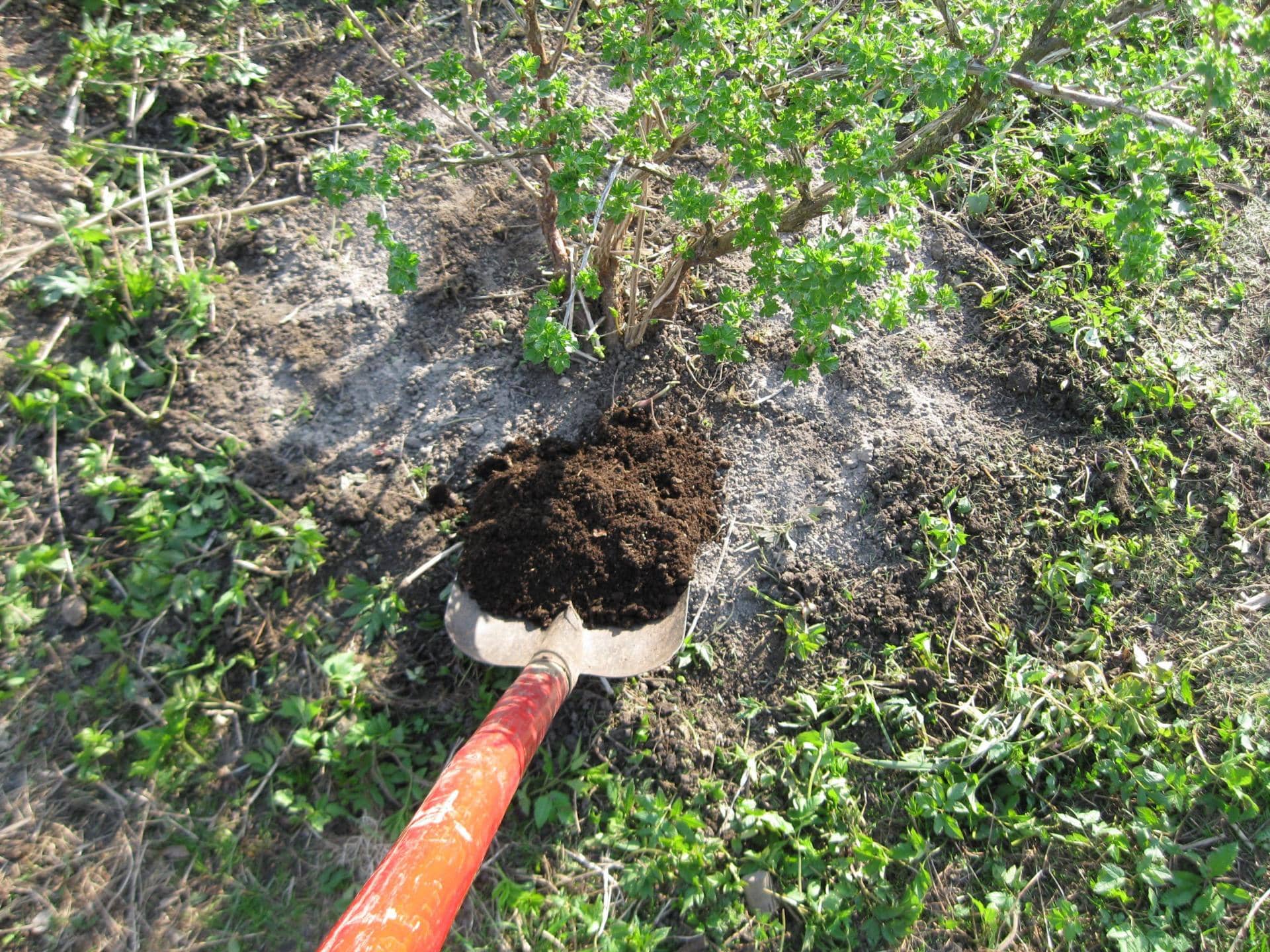Rose hips: varieties of park roses, the specifics of cultivation
Content:
Many gardeners are engaged in growing flowers on the site. Rose hips are especially popular. It is a beautiful medicinal plant with an unusual appearance. Before planting such a flower, you need to familiarize yourself in more detail with its description and care features.
Rose-like rose: what is it called and what is it
From the name it becomes clear that such a rose originated from the wild rose. The breeders had to make a lot of effort so that the plant could turn into a beautifully flowering bush.
Some inexperienced growers confuse such flowers with garden varieties of roses. However, these plants have several differences that you should definitely familiarize yourself with. Among the main ones are the following:
- it is easier to care for a park rose, a rosehip, since the shrub does not need to be cut often;
- it is resistant to frost, so it can bloom even at low temperatures;
- attracts many insects for pollination, due to which reproduction occurs quickly enough;
- resistance to diseases and attacks of most pests.
Botanical description
Rosehip roses are large, spreading bushes that, with proper care, grow up to two meters in height. They, like the wild rose, have fairly dense shoots. During flowering, under the weight of the buds, the shoots may sink slightly.
Lateral shoots are covered with rather large green leaves. Their rich greenish color remains throughout the season and does not fade over time. The plant begins to bloom in the first half of summer. During this period, large double flowers are formed on the bushes, the diameter of which reaches 15 cm. The aroma of flower buds is quite pleasant and rich. The color of the petals may vary. The most common flower buds are pink, white, lilac and purple petals.
The best varieties
It is rather difficult to name the best variety of park roses. However, there are several varieties of plants that are popular with flower growers:
- White. This is a tall shrub that grows up to 2.5 meters in height. White rose rose hips bloom in early July. It is covered with snow-white flowers 5-7 cm in diameter.
- Yellow. An exotic plant native to Asia Minor. A yellow rose hip rose grows up to 3 meters in height. Its shoots are slightly curved, covered with long and sharp thorns. The leaves are not very large - 4-5 cm in length. The flowers are compact, 5 cm in diameter. The fruits are colored red. Over time, a yellow rose can be reborn into a rosehip.
- Daurskaya. The plant is considered to be the most frost-resistant, since it can be grown in the Far East and Siberia. In its natural environment, it is most often found in deciduous forests or along rivers. At home, you can grow a Daurian rose both in the open field and in a greenhouse. The shrub is low - 90-100 cm in height. Blooms in summer for two months.
- Spiny.Tall two-meter shrub, the stems of which are densely covered with thorns. Blooms in early June. The bush is covered with large flowers, the petals of which are pink.
- Multi-flowered. The plant is very similar to a rose hip with flowers like a rose. The bush has long and curly shoots covered with thorns. Blooms in the second half of June or early July. At the same time, small red fruits appear on the bushes.
Features of flower care
In order for a planted rose to bloom profusely, you need to understand in advance how to properly care for it.
In the process of caring for a rosehip bush, the following procedures must be performed:
- Watering. After planting, the flowers need to be watered abundantly so that the soil is always well moistened. The plant must be watered at the root so that water does not fall on the surface of the foliage.
- Pruning. Pruning should be done only two years after planting the rose in the ground. All damaged and wilting branches are removed from the bushes. To rejuvenate the plant, you need to cut off the lower shoots located near the ground.
- Top dressing. For the first time, it is necessary to add fertilizers to the soil in the spring, when the plant needs boron and magnesium. Manure can be used to fertilize Rugosa and other similar varieties.
- The second feeding of rose-like roses is carried out at the beginning of September. Re-fertilization will not differ much from the previous one. The only difference is that more potash must be added in the fall.
Rose turns into a rosehip: what to do
Over time, a garden rose can be reborn into a rose hip. If this happens, you don't need to get upset right away. There are some tips to help you cope with this problem:
- It is necessary to carefully clean the soil at the base of the trunk to find where the growth will grow.
- All found rose hips must be carefully trimmed with a secateurs.
- After pruning, you need to carefully examine the bush for other shoots. All found processes must be carefully broken off or cut off. Too thick stems are best cut off with a hacksaw.
After the end of trimming, all cut points must be processed with crushed coal and wrapped with tape. A pruned plant may begin to weaken and wilt after 3-4 days. To prevent this from happening, it is necessary to carry out foliar feeding. For this, a fertilizing mixture prepared from ten liters of water and 100 grams of superphosphate is added to the soil.
Rosehip rose is an unusual plant that can be used to decorate a garden plot. Before you start planting such flowers, you need to familiarize yourself with their nuances of growing them.



















